보이지 않는 도시의 초상
Portrait of Invisible City
강도구
Kangdogu
’25. 05. 03 – ’25. 05. 31
인천 동구 서해대로513번길 15 인천문화양조장(스페이스빔)
Spacebeam, dong-gu, Incheon, Republic of Korea

‘캠프마켓’은 인천 부평의 중심지에 있지만, 약 100여년간 우리의 발과 눈이 닿을 수 없었던 땅이다. 일제강점기 동안에는 일본제국 육군에 의하여 조병창으로, 해방 이후부턴 주한미군의 군수기지로 활용되어 왔다. 이 땅은 1970년대부터 점차 반환되어 2020년대 이르러 모든 땅이 우리에게 돌아오게 되었다.
이 땅 두 가지 컨텍스트를 가지고 있다. 하나는 조병창(인천육군조병창)이고, 하나는 미군기지(애스컴시티)다. 인천육군조병창은 일본제국육군이 건설한 조병창 8개 본부 가운데 일본 본토 밖에 있는 조병창 2개소 중 하나이자 식민지에 건설된 유일한 조병창이다. 이 조병창들은 태평양전쟁 시기를 상징하는 중요한 전쟁 유산인데, 인천육군조병창을 제외한 7개 조병창은 도시개발, 공원화, 군 점유 등으로 인해 그 모습을 대부분 상실했다. 반면 캠프 마켓은 6.25전쟁과 미군 점유시기를 거쳤음에도 당시의 유산이 많이 남아있는 사례이다.
6.25전쟁과 냉전시기를 거치며 한반도와 동아시아의 자본주의 진영에는 수십수백개 미군기지가 들어서고 사라졌다. 반환과 함께 사라진 대부분 미군기지는 공원화, 도시개발을 통하여 새로운 모습을 갖추었다. 애스컴시티의 경우 1970년대 주한미군 축소 이후 대부분의 기지가 철수하며 캠프마켓 만이 남아있게 되었다. 그럼에도 캠프마켓은 해방 직후부터 현재까지 미군이 계속 점유하고 사용해오며 많은 흔적을 남겼다는 의의를 지닌다. 이처럼 캠프마켓은 태평양전쟁을 상징하는 전쟁유산이자, 동아시아 냉전 시기의 역사를 지닌 유산이라는 두 가지 컨택스트를 지닌다.
캠프마켓이 반환된 지금, 우리는 캠프마켓을 어떻게 대해야 할 것인가? 캠프마켓은 여러 이해관계가 얽힌 채 그 방향성이 표류하고 있다. 부지 내 토양오염 정화 책임이 있는 국방부, 문화유산을 조사·보존해야 할 책임을 지닌 국가유산청, 반환 이후 도시 한복판 거대한 땅의 개발 주체인 인천시·부평구. 그리고 오염정화를 위한 전면 철거와 유산 보존을 두고 갈등하는 시민단체들. 이 주체들의 갈등과 표류과정이 표면적으로 드러난 사례가 바로 건물의 철거와 보존을 두고 2년간 대치를 이어오다 일단락 된 1780 병원 건물이다.
약 100년간 보이지 않던 도시가 모습을 드러내자, 많은 사람들이 자신이 보고 싶은 방식으로 이 도시를 바라보기 시작했다. 아직도 담으로 둘러싸인 캠프마켓 안에는 80여개의 건물과 수많은 나무가 남아있다. 이들은 행정과 시민들의 무관심 속에 방치되고 사라질 위기에 처해있다.
사실, 아무도 보려 하지 않는 이 도시의 건물과 나무들의 모습에 이 땅의 정체성이 담겨 있는 것이 아닐까.
“CAMP MARKET” is located in the center of Bupyeong, Incheon, yet it remained inaccessible to the public for nearly 100 years. During the Japanese colonial period, it was used as an arsenal by the Imperial Japanese Army, and after Korea’s liberation, it served as a U.S. military logistics base. Starting in the 1970s, parts of the land were gradually returned, and by the 2020s, the entire area was finally handed back to Korea.
This land holds two historical contexts: one as an arsenal (the Incheon Army Arsenal), and the other as a U.S. military base (ASCOM City). The Incheon Army Arsenal was one of eight main arsenals built by the Imperial Japanese Army, and one of two constructed outside of mainland Japan also the only one built in a colony. These arsenals are important wartime heritage sites symbolizing the Pacific War era. However, with the exception of the Incheon arsenal, the other seven have largely lost their original forms due to urban development, transformation into parks, or continued military occupation. In contrast, despite experiencing the Korean War and U.S. military occupation, Camp Market retains many of its historical remnants, making it a rare case.
During the Korean War and the Cold War, numerous U.S. military bases were established and later dismantled throughout the capitalist bloc of the Korean Peninsula and East Asia. Most returned bases have since been redeveloped or turned into parks. In the case of ASCOM City, most bases were closed following the U.S. military’s reduction in the 1970s, leaving only Camp Market. Even so, Camp Market continued to be occupied and used by U.S. forces from the immediate post-liberation period until recently, leaving behind numerous traces. Thus, Camp Market carries two key historical narratives: as a heritage site symbolizing the Pacific War and as a remnant of East Asia’s Cold War history.
Now that Camp Market has been returned, how should we approach it? The future of Camp Market remains uncertain, entangled in conflicting interests. The Ministry of National Defense holds responsibility for soil decontamination, while the Cultural Heritage Administration is charged with surveying and preserving historical assets. Meanwhile, the city of Incheon and Bupyeong District are in charge of developing this vast tract of land returned to the urban center. Civil society groups are divided between demands for complete demolition to allow decontamination and calls to preserve historical structures. A prominent example of such conflict was the standoff over the demolition or preservation of Building 1780, a U.S. military hospital, which lasted two years before a temporary resolution was reached.
As this long-invisible cityscape reemerges, people have begun to project their own visions onto it. Within the still-fenced Camp Market site remain over 80 buildings and countless trees now at risk of neglect and disappearance due to administrative inaction and public indifference.
Could it be that the true identity of this land lies in these very buildings and trees that no one wants to see?”
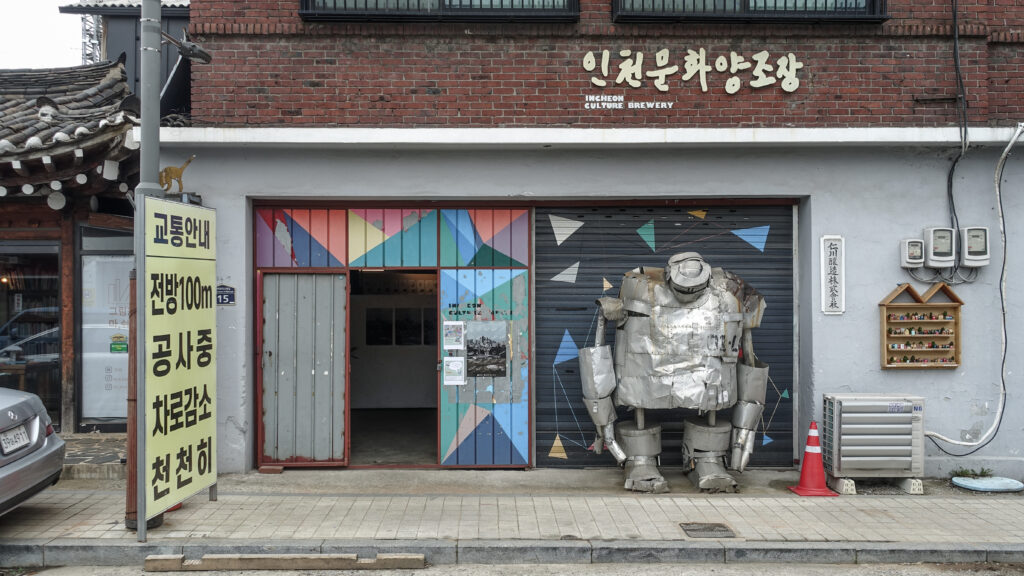
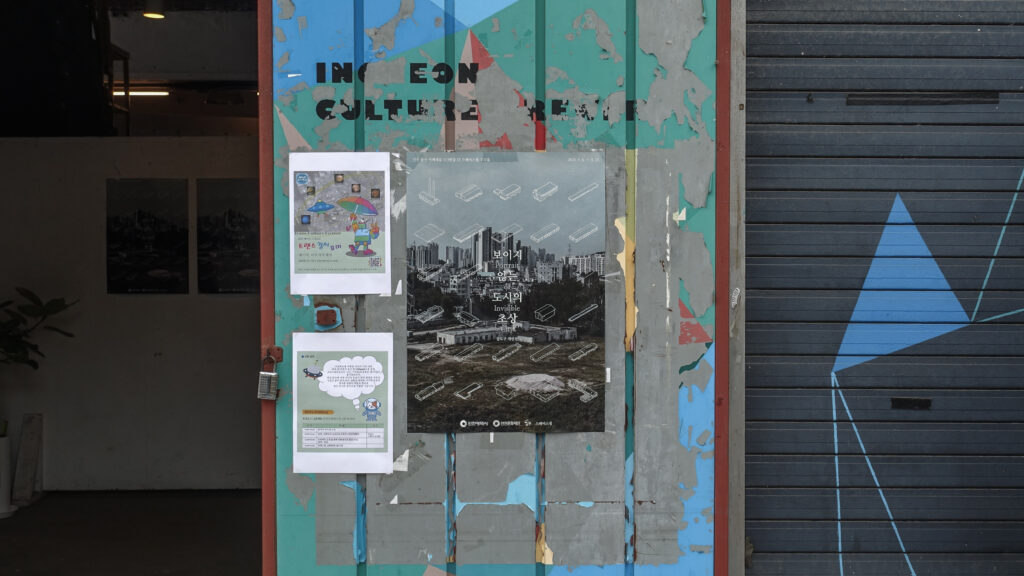
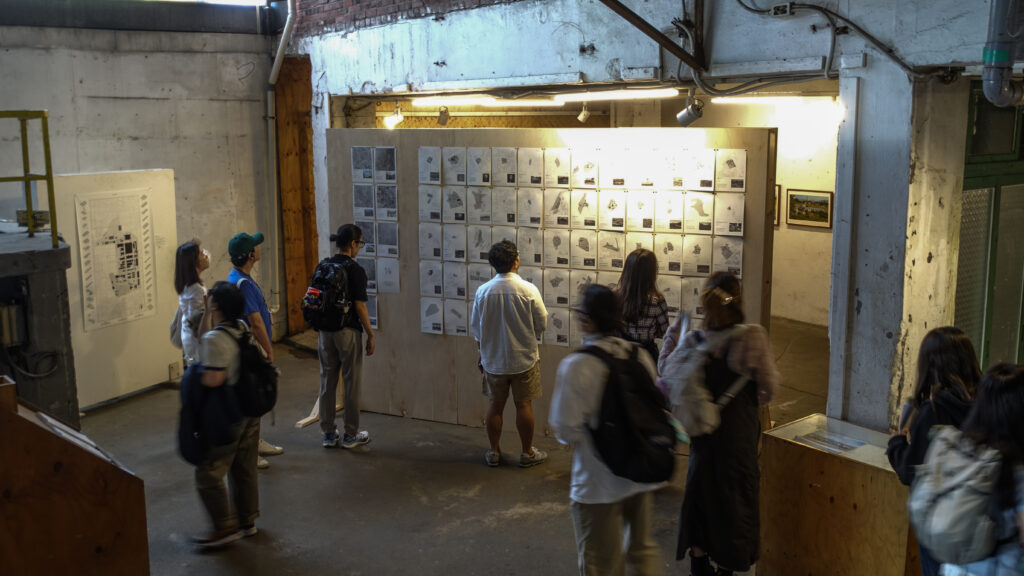

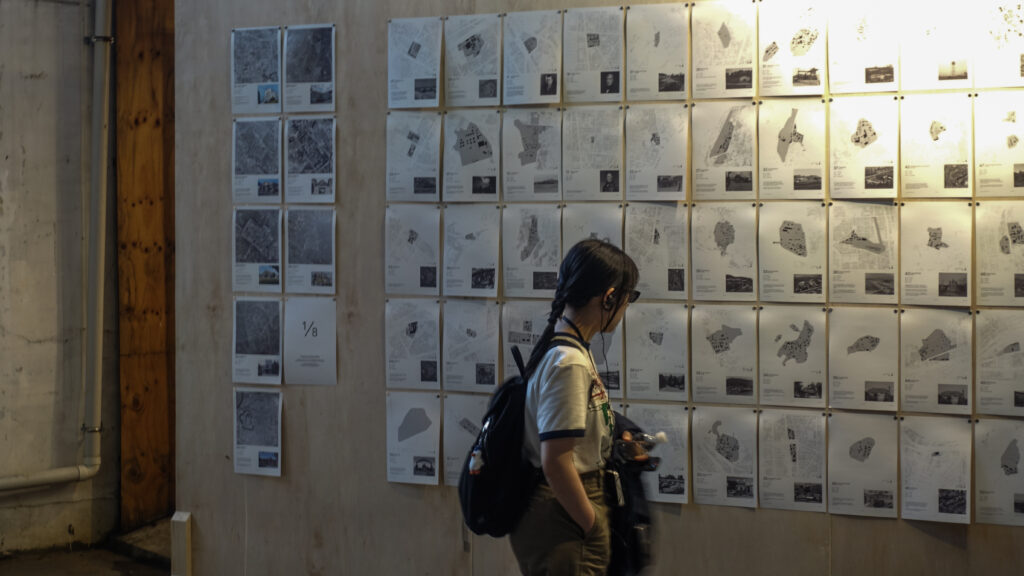
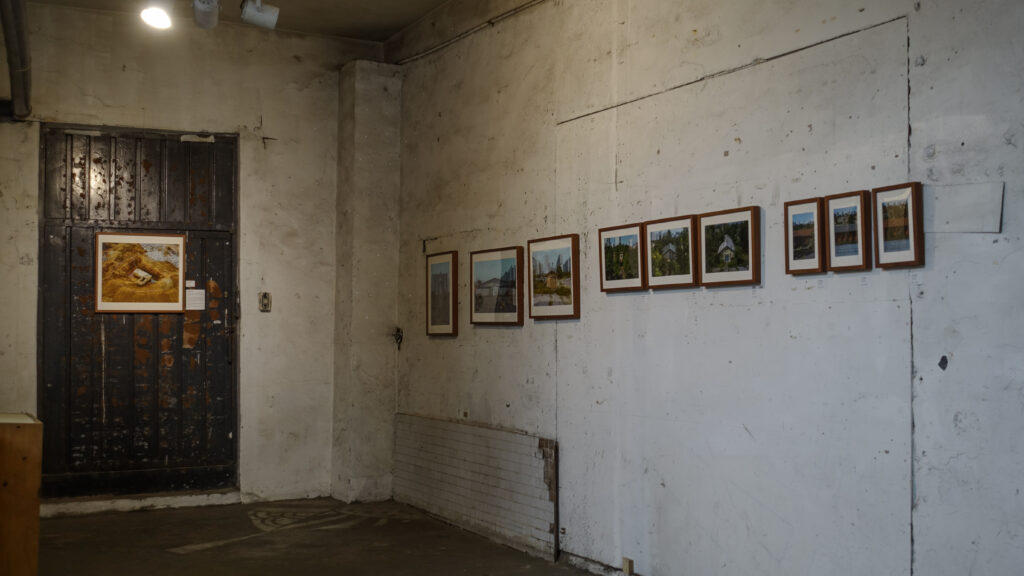
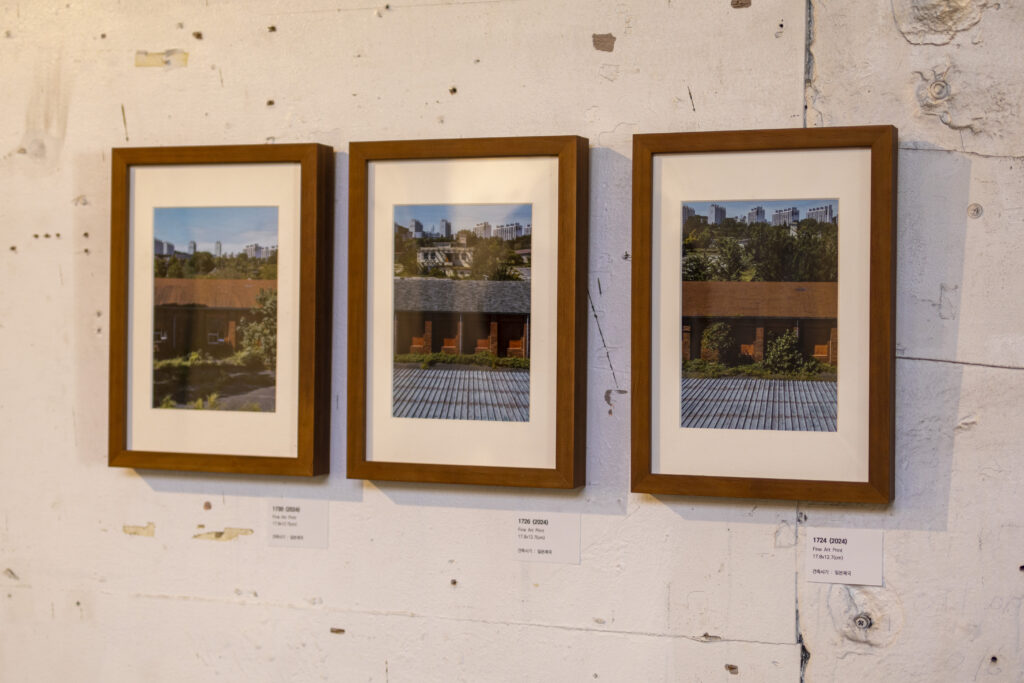

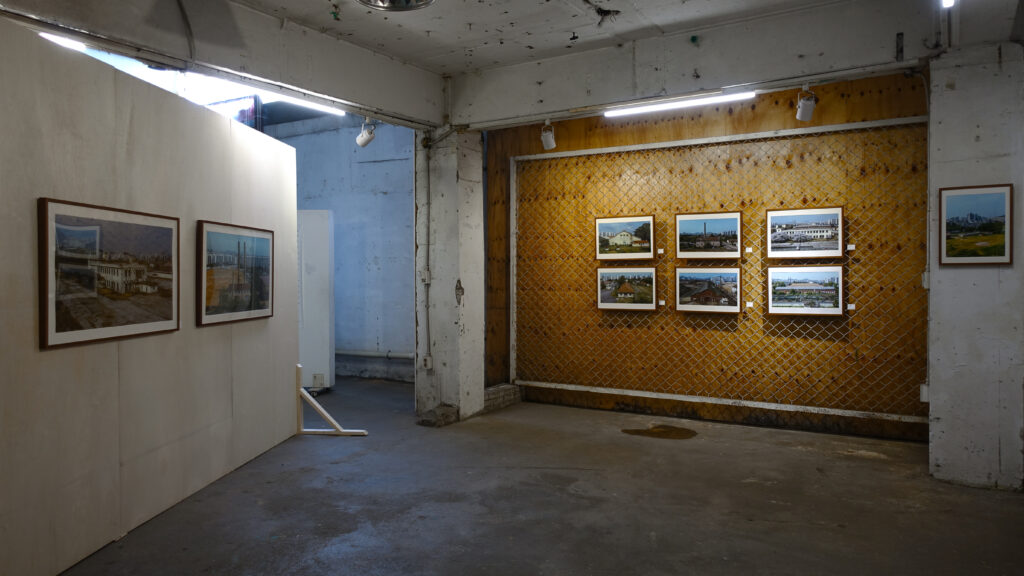
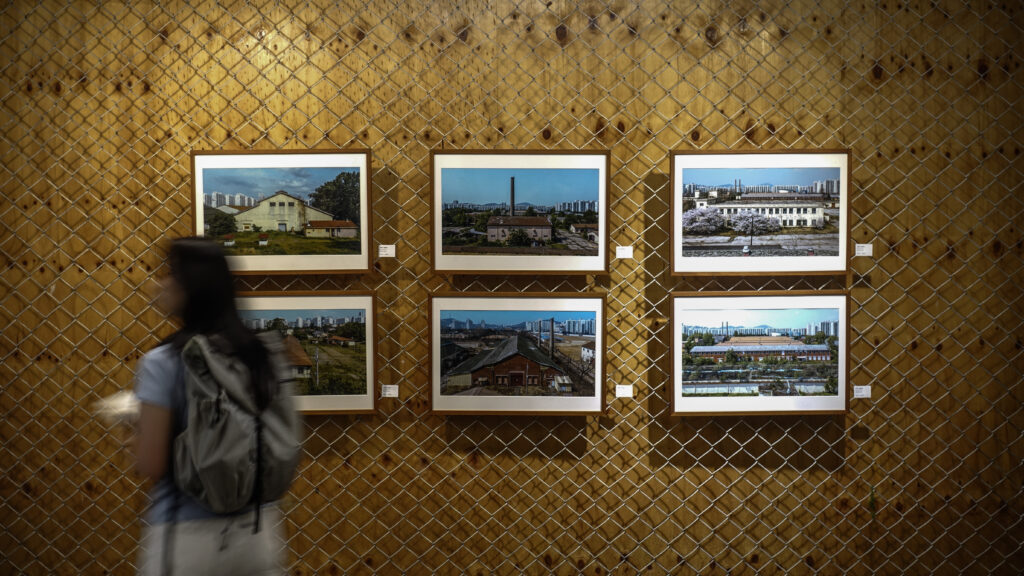


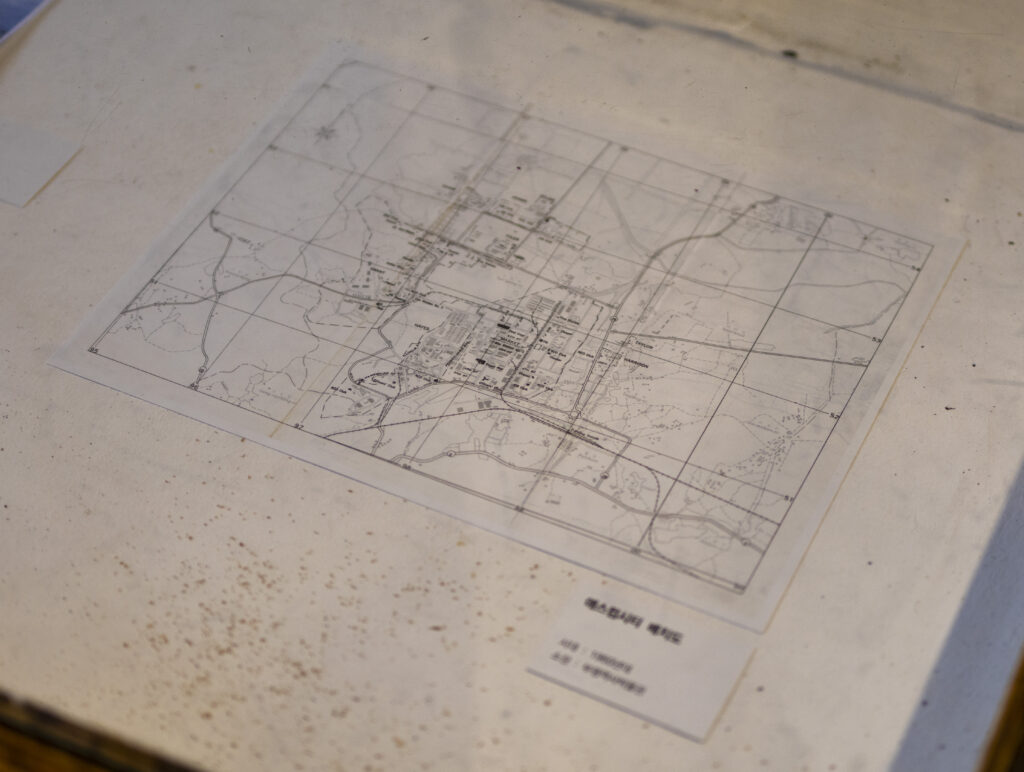
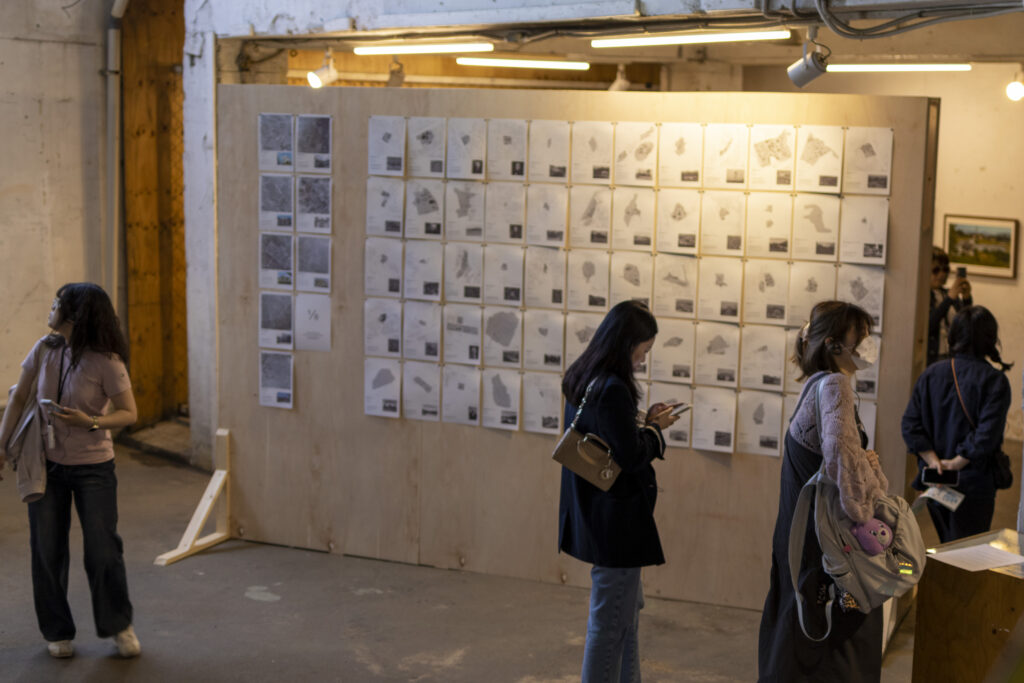
ⓒ 2025 Kangdogu. all rights reserved.